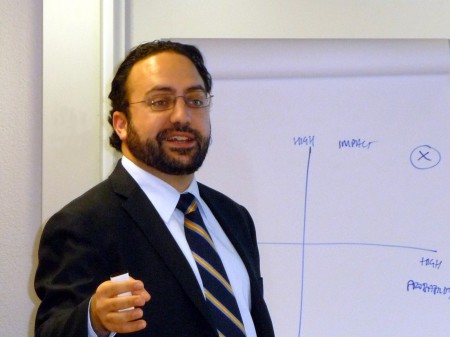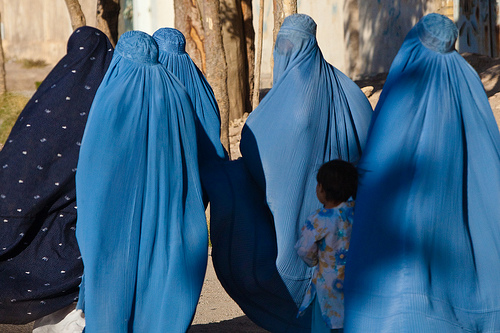
In order to be able to offer increasingly intelligent services, we are educating ourselves. This week, the ISN team is taking a workshop on “Skills in Intelligence Collection and Analysis.”
Let’s start with an intelligence problem. Thinking about the US mid-terms, we wondered about the future of the US during a coffee break. Our (bold) question: Might the US disintegrate over the course of the next decade?
Applying the methodology taught by Chris Pallaris of i-intelligence, we’d first analyze the problem by taking it apart. Intelligence analysis is problem-solving. As any good intelligence problem, our question asks for a predictive answer. Intelligence IS prediction.
The first step would be to make our assumptions concerning the US and its future explicit by writing them down. Assumptions are key to our thinking but need to be watched closely and examined critically because they may lead us to a biased answer. Next, we would formulate hypotheses. As many as possible. We would develop indicators to monitor the stability and future prospects of the US. We would need to have a collection plan to guide the accumulation of information. In doing this, ‘source awareness’ helps us look for information in the right places.
Our problem may not demand an immediate answer. It may, as Chris put it, be a “wicked problem” that has no neat answer at all. We needn’t hurry. The tension between an accurate prediction crafted with care and time, and the limited amount of time available for decision-making and action, however, is always there. The longer we wait in answering the question at hand, the less time there is for our government to look for new allies and to do contingency planning.
Do you think our speculations are unrealistic? Well, intelligence is also about thinking the unthinkable.
We hope the ISN keeps inspiring you and catering to your intelligence needs with the resources we offer in the Digital Library and the analyses we provide with ISN Insights.




